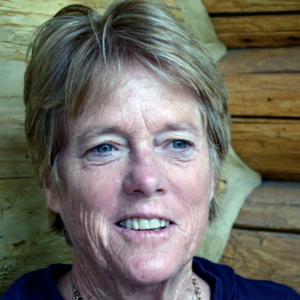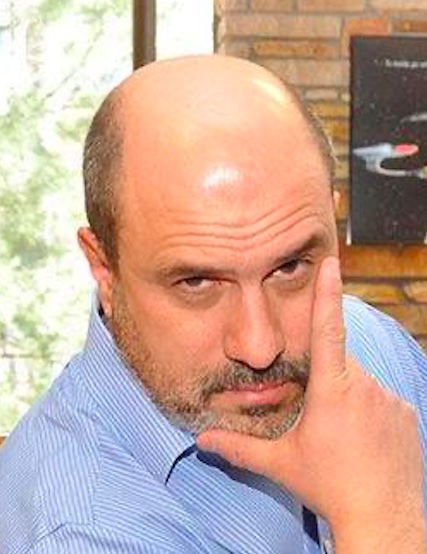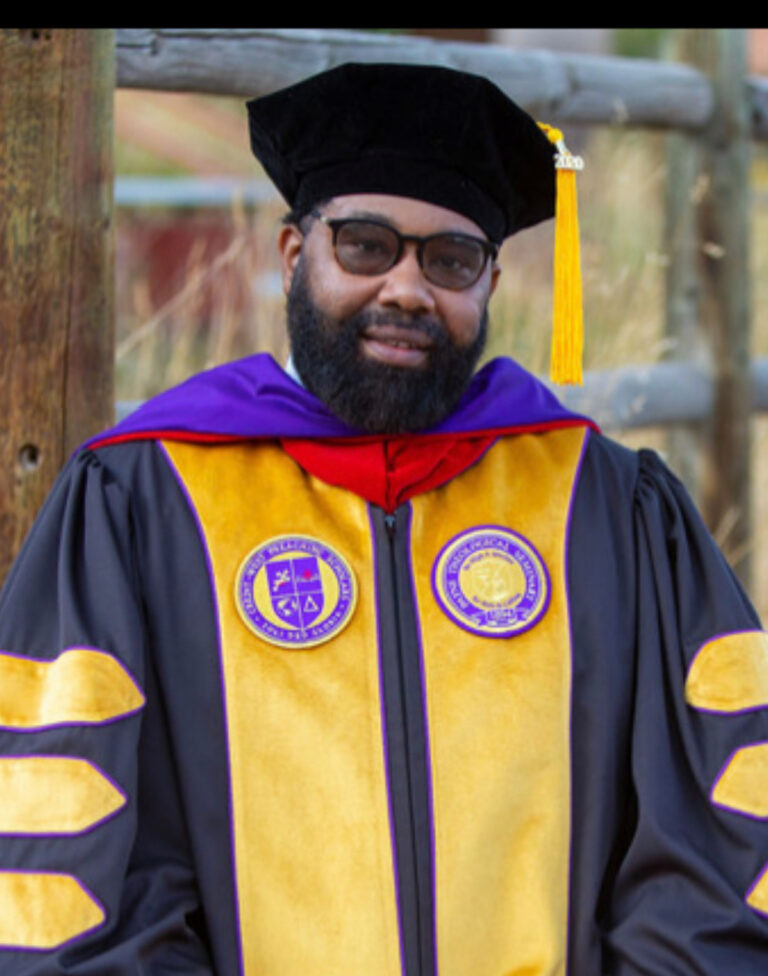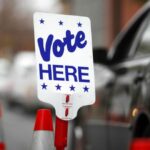NOONAN | Patriotism and inclusiveness in school history


School board elections are dominating the 2021 voting scene. They’re not placid, and it’s likely that controversy over what is taught in public schools will roil board meetings and statewide elections in 2022 – a midterm year with the Governor, a US Senator, every US representative, every state Representative, and half the state Senate up for grabs. And you can add redistricting to the combustion.
Numerous press reports cite a brewing and brooding education conflict over American history. State standards affecting history content will be on the 2022 education agenda. Will American history study reflect a “patriotic” set of facts or an “inclusionary” set of facts?
“Patriotic history” emphasizes the evolution in thinking during the British and American 18th century “Enlightenment” that produced America’s Declaration of Independence from the British monarchy in 1776 and later the American constitution.
Thomas Jefferson, third US president and Virginia plantation and slave owner, is one of the great thinkers of the period, along with the second US president, John Adams, from Boston. Both men led the colonies through the Revolutionary War, wrangling over the nature of government, and ultimately to our republican foundations based on separation of powers and representation of the people, at the time white men of substantial means. These educated men, along with Benjamin Franklin, George Washington, James Madison, Alexander Hamilton, James Monroe, and other American elites of the period, “created” the nation.
“Inclusion history” adds more facts to this early American story. It introduces the impact of European colonization on indigenous people living on the North American continent. The “manifest destiny” that lights up patriotic history is darkened by the trail of dislocation, misery, and death experienced by America’s original peoples. This continues today in revelations over Indian schools built to “civilize” young Indian children, objections to oil and gas drilling and pipelines across Indian lands, and large questions over broken treaties between the US government and Indian nations.
Inclusion history examines the cruelty and immorality of slavery that entered the continent with the first English settlers and continued for roughly 250 years, meaning that Jefferson’s introductory words to the Declaration of Independence contained important ambiguity: “We hold these truths to be self-evident, that all men are created equal, that they are endowed by their Creator with certain unalienable Rights, that among these are Life, Liberty and the pursuit of Happiness.”
These words, taken at face value, excluded the women in the country. Taken from the point of view of Jefferson and his colleagues at the time, “all men” meant white male men, usually landholders, of substantial means. The “enlightenment” version of “all men” can set off fireworks in the minds of people who aren’t “white males of substantial means” but who want their rights to life, liberty, and happiness honored too. That’s the large majority of individuals currently living in this nation.
Examining facts related to the glory and non-glory of American history is what historians do and is the foundation of any academic curriculum. Interpreting those facts in their complexity and nuance is also their job.
Patriotism should be an entire course of study of its own. As a country, we have many different versions of patriotism. To some, patriotism involves displaying symbols such as the American flag. It includes flyovers of US Navy and Air Force fighter jets at sports events. It’s exhibited at parades on Memorial Day, the Fourth of July and Veterans Day.
It should be of interest to examine what these displays mean to us as individuals, in our communities, and in the nation. Do we experience a parade on Veterans Day in a different way than a flyover at a Broncos game, and, if so, what does the difference signify?
Are the individuals who want their cultures and communities reflected and honored in the vastness of American life unpatriotic or patriotic? Does patriotism allow for cultural vastness?
Are individuals who object to and demonstrate against violence inflicted because of race patriotic or unpatriotic? Are those who object to and demonstrate against the demonstrators against racial violence patriotic or unpatriotic?
Is patriotism inevitably binary – I’m a patriot and you’re not?
These questions can, one hopes, lead to a better conversation about the 21st century’s understanding of Jefferson’s 18th century American enlightenment.













